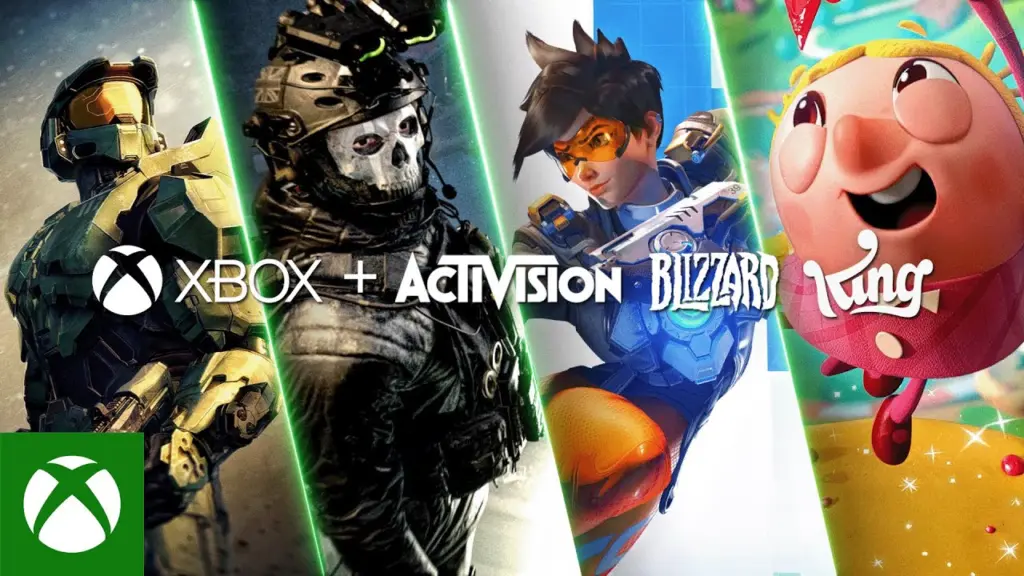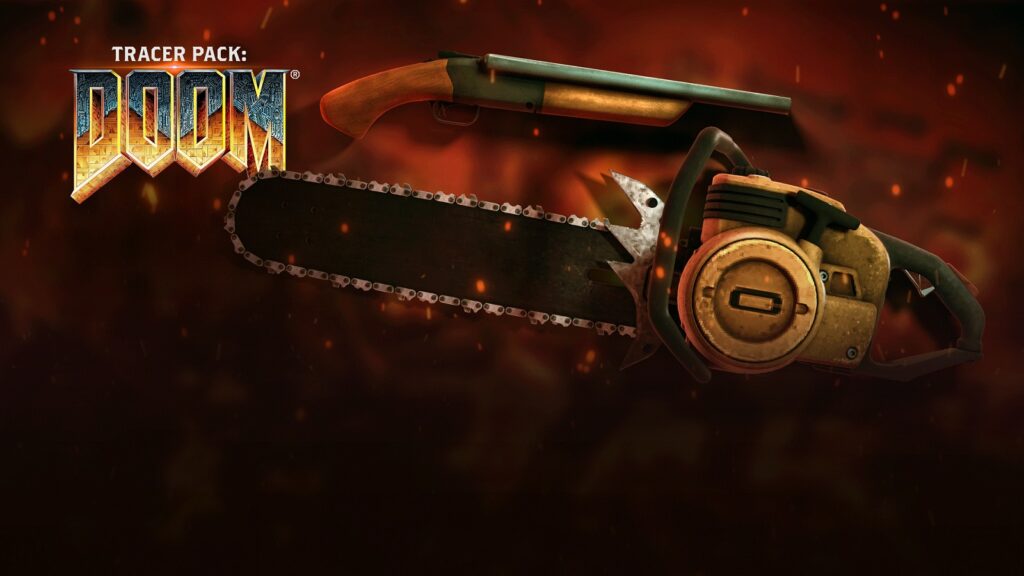From Software has done it again. A game that will test your patience and limits as to how long before you let that controller flying into the next room. A game that will test every fiber of your being until you git gud. A game that is not for the faint of hearts. A game that may have put a lot of players into anger management. Welcome to the world of pain in Sekiro: Shadows Die Twice.
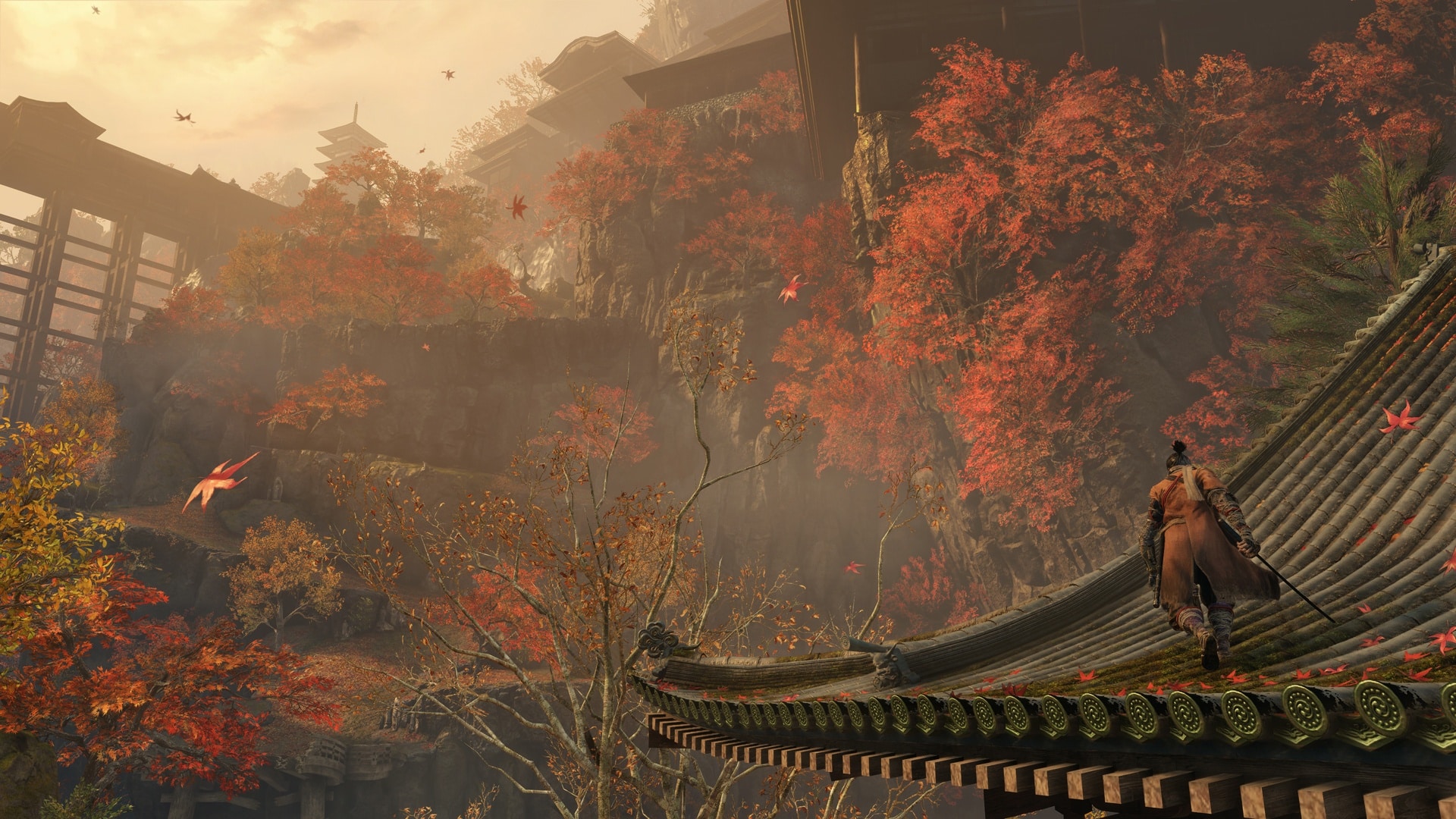
Sekiro: Shadows Die Twice is From Software’s latest foray into the hardcore rpg genre. What sets it apart from previous souls games is that the game is entirely single player. Gone are the days where someone can invade your mindless farming for experience. This also means you won’t have a friend to help you out if you’re ever having trouble killing an enemy. You are basically on your own in this cruel and punishing world.
But there is a ray of hope for when you constantly die in the game. Sekiro has this feature called Unseen Aid which is capped at 30%. Dying in the game can be very punishing. You lose half your gold and half the experience points and that can definitely impact your gameplay. What’s more there is a chance that a sickness called Dragonrot will affect the NPCs in the game. Unseen Aid will make your life a bit easier. Once in a while, Unseen Aid can activate and save you from all the penalties of dying. I’m not sure if it affects the possibility of Dragonrot though but it will save you from losing half the xp and gold.
But what is Dragonrot? Dragonrot is what happens when you keep dying in the game. The lore goes that everytime Sekiro has to resurrect, he’s taking the essence of life from the other NPCs in the game. When he continually dies a lot, the NPCs will get this sickness called Dragonrot and what happens is that your Unseen Aid will also go down a few percentages. And that could be very troublesome. I haven’t had my NPCs die yet but I don’t even want to find out what would happen if I don’t heal Dragonrot. Fortunately, you can heal Dragonrot by using an item called the Dragon’s Blood Droplet. You can also use the Droplet to restore a little bit of resurrective power.
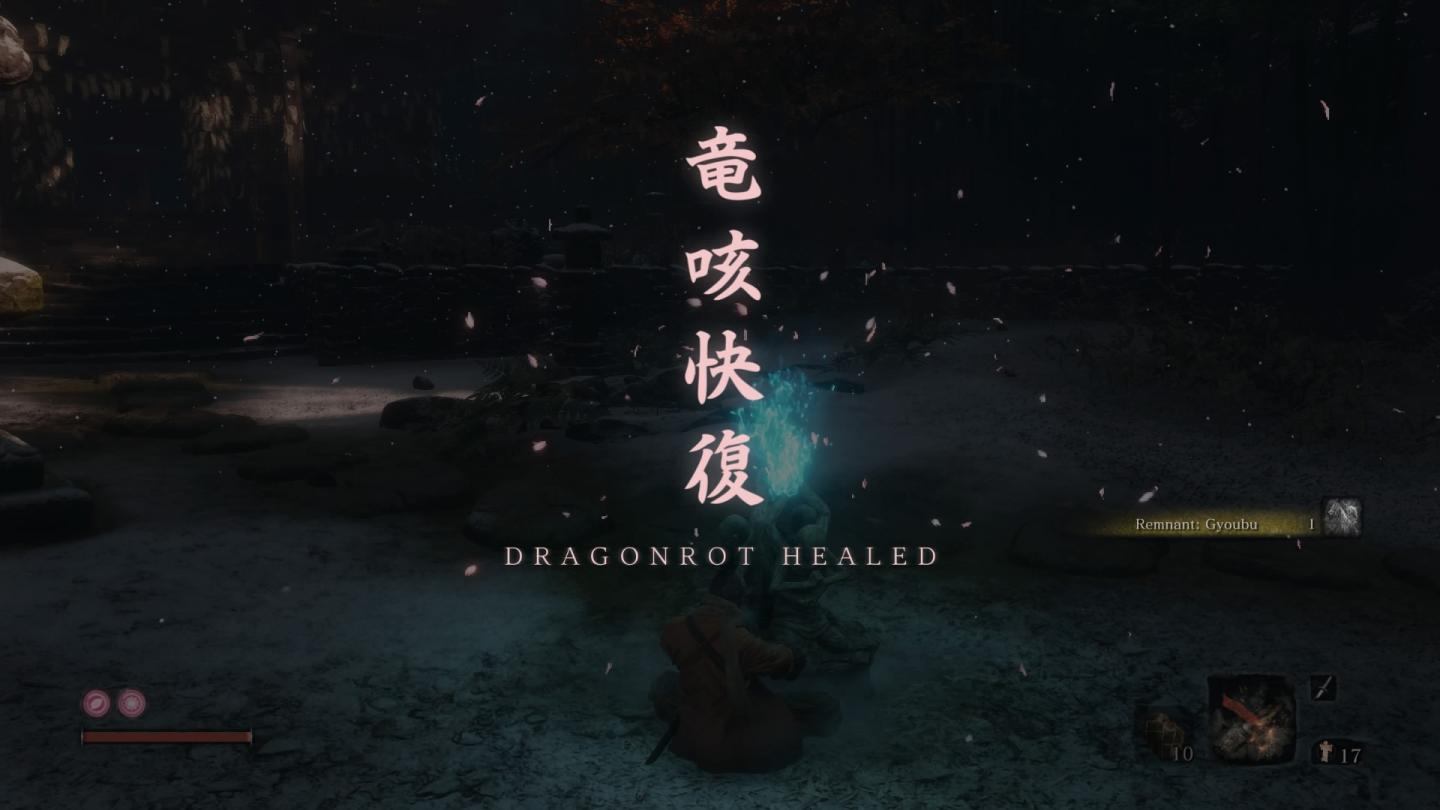
Another thing that sets Sekiro apart from previous FromSoftware games is that you don’t have a character you can build up from scratch. You get Sekiro as a character by default, with his default stats and default weapon. They also simplified his stats into attack power and vitality. You can raise up your vitality by collecting four prayer beads and combining them and you can raise up attack power by collecting memories. Prayer beads are usually dropped by mini bosses or hidden in areas of the game. Memories are dropped by the major bosses in the game.
Just because Sekiro can only weild the samurai sword he has from the start doesn’t mean that’s only thing you can use for attacks. Sekiro also has an array of weapons that are attached to his prosthetic arms called the Prosthetic Tools. These tools can be that difference that can make or break you during a boss fight. These range from tools like firecrackers that can stun enemies to an umbrella shield that will protect you from incoming attacks. Like all items in this world you can only use them at a limited number of times.
What’s interesting about Sekiro though is that not all boss fights are inescapable. There will be certain boss fights that will allow you to escape if you ever feel like you are having a hard time killing them even though you can revive at least once per boss battle. Speaking of reviving, this is probably why the game is called Shadows Die Twice, because your character can literally die twice or three times once you collect the third resurrective power. The game basically gives you a chance to continue fighting before retreating back into an idol which is the respawn point of this world. Also, if you ever find yourself spending all of your ressurective power you can always restore them by either deathblowing characters or resting at an idol.
Deathblowing is Sekiro’s term for stealthily killing enemies. Which is very useful especially in certain boss fights which allows you to deathblow them. This is why I can say that this game is much easier than game like Dark Souls because you basically get a free kill on bosses. Mind you though, bosses here also have two lives, so you will still have to fight them one more time even though you’ve successfully deathblown them.
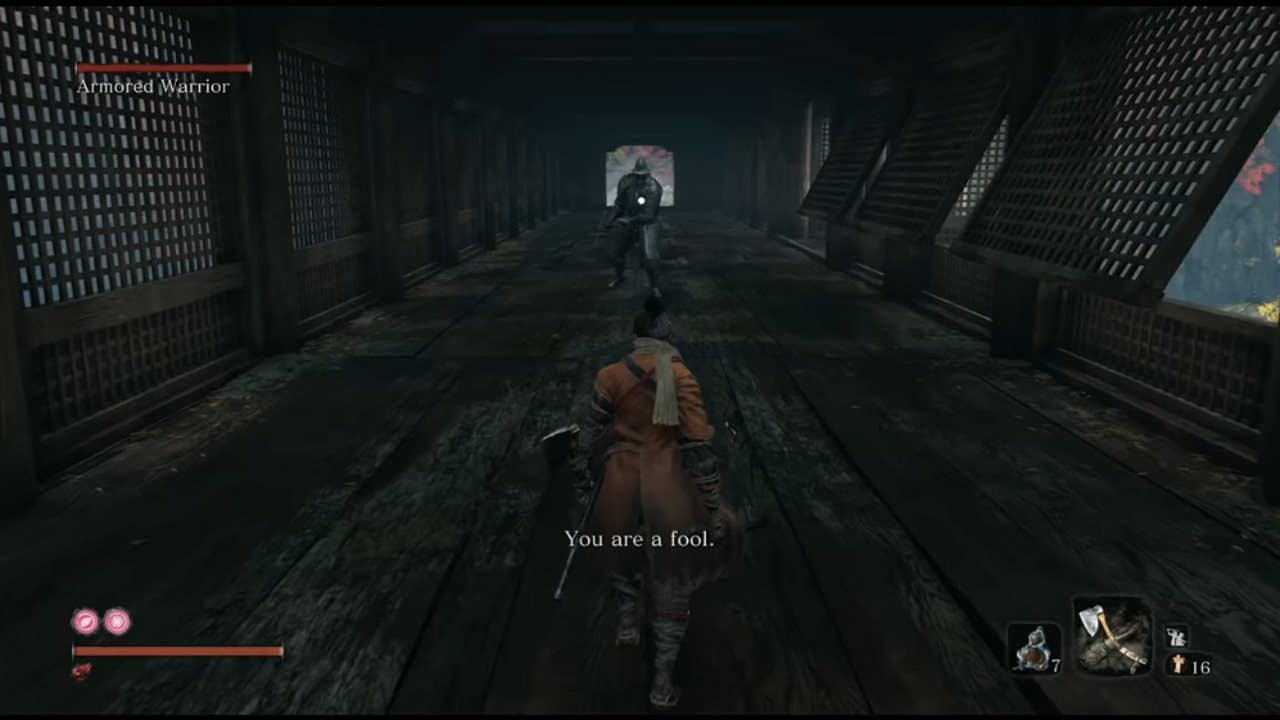
The skill points that you get in the game can be used to activate passive and active skills. Some of which give Sekiro a fighting chance against varying enemies. Choose wisely because you never know when such a skill will be helpful to you. In that sense, you don’t have to worry about losing the skill points you have earned. Once a skill point is earned, it will forever be yours even if you continually die and lose experience points. The penalty will never go below zero or retrograde and take back your skill points.
Sekiro’s gameplay is totally distinct from the other FromSoftware games. Yes you do still have the usual dodge and strike attacks. But in Sekiro, you can also sprint. Sekiro also doesn’t use stamina for any of its movement so you can definitely hack and slash to your heart’s content. The one thing you need to keep in mind though is this feature called posture. Posture basically is your composure or your guard that won’t get broken as long as it doesn’t reach the limit, this is also true with enemies. Once posture reaches its limit, you can deathblow enemies and autokill them. So even if your enemy has still a bit of health left, once you break their posture, the battle is yours to win. You can also jump and swim in Sekiro. I sometimes forget this when I go up against enemies that I can basically just jump out of the way. I guess a Dark Souls player I was used to not having this feature so this was a foreign idea to me. You can even dive into the water which you don’t normally get to do in Dark Souls or Bloodborne.
Sekiro is set in a beautiful world full of hidden terrors and danger. It’s like a balance between peace and war, harmony and disruption. The perfect backdrop for such an intense and unforgiving game. Sekiro has other features and functions that are best left for you to discover. It’s definitely a very challenging game and not a game that you’d get to complete in a day or two. Unless of course, you’re already that good. But it is definitely a fun game to get yourself immersed in, even if you feel like throwing the controller.
Disclosure: This review is based on a review code provided by Sony Interactive Entertainment. Read our review policy to know how we go with our game reviews.
Tested on: PS4




